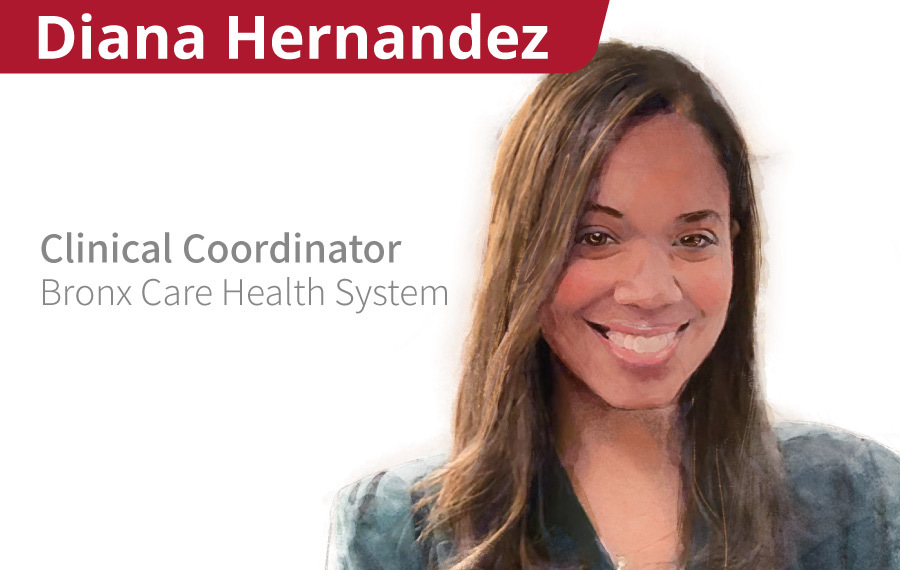How to Make Your Work Life More Organized and Productive
As a healthcare professional, you know how HemoCue makes point-of-care blood diagnostics faster, easier and more efficient. Don’t you wish you could do the same thing for the rest of your practice? Rest assured, it’s not as hard as you think.
Here are 8 proven tips to help you stay organized, productive and sane, all while keeping the ultimate end goal in mind: better patient care.


How to Make Your Work Life More Organized and Productive
January 21, 2021
.
As a healthcare professional, you know how HemoCue makes point-of-care blood diagnostics faster, easier and more efficient. Don’t you wish you could do the same thing for the rest of your practice? Rest assured, it’s not as hard as you think.
Here are 8 proven tips to help you stay organized, productive and sane, all while keeping the ultimate end goal in mind: better patient care.

.
- Clear out the clutter.
It may sound like so much common sense, but keeping your own personal space, as well as your entire office environment, tidy and organized is essential for optimal patient care. While all healthcare settings should be organized intuitively so the appropriate personnel are able to find essential information quickly and easily, this is particularly important if you haven’t instituted EHRs and rely on paper documents instead. This means, of course, scrupulous charting, record-keeping, filing and organizing.
As part of your organizing process, consider purging from your desk drawers and other work spaces anything you haven’t used in a certain amount of time — six months, say, depending on what the items are. Not only will this help keep the clutter to a minimum, but you’ll be able to organize the remaining items more easily and efficiently. - Schedule daily head-down time.
If you’re like many people, much of your daily workload is dedicated to unexpected tasks — those phone calls, emails or co-worker requests that pop up just when you’re up to your eyeballs with something that needs your undivided attention. Not only do these interruptions eat into your workday, but they can be terrible for your concentration and productivity. In fact, research conducted at the University of California, Irvine, found it can take workers an average of almost 26 minutes to recover from these types of interruptions.1
So do everything you can to block out a specific period of time every day when you’re not interrupted. Treat this time as sacrosanct — and make sure your colleagues are aware of it. Yes, it can be difficult, especially in healthcare, but if you turn off your phone and email notifications, close your office door or put a sign outside your workspace politely advising well-meaning co-workers that you’re working and are not to be disturbed except for urgent requests, you can stay on track... and, ultimately, be more productive. - Take advantage of technology.
Whether it’s software to help manage EHRs or optimize practice management — or, say, a product like the HemoCue® Hb 801 System, which streamlines the hemoglobin testing process to give you results in less than 1 second — technology can be a godsend when it comes to staying organized and efficient. It’s also a sanity- and time-saver. - Know when to use your voice, not your keyboard.
If you’ve got something simple and straightforward to communicate, emails or texts can be an efficient use of your time. But if there’s an in-depth or more complicated issue that needs to be discussed, pick up the phone, walk down the hall, or use video conferencing or chat to hash out details. Unbelievable amounts of time can be wasted, and mistakes made, in email strings or texts.

.
- Plan your day.
Get in the habit of sketching out your next day’s work before you close down for the night. Still commuting? Put your train or bus time to good use by planning for the next day — or, if possible, for the week. And while you’re at it, make friends with to-do lists. Particularly when you’re overworked or operating under time constraints, checklists help keep you on track. They can also give you a sense of control, which can help offset the spinning-your-wheels feeling that can come with a too-full plate. - Schedule specific blocks of time to listen to voicemails and read messages.
Just like unanticipated tasks can eat up your time and attention, so can listening to and responding to messages.
As you review your messages, triage them according to their importance. Which ones are urgent and need to be handled right away, and which ones can be dealt with later? Just be sure to give yourself a deadline by which you’ll handle the non-urgent ones. - Keep your home organized.
Believe it or not, keeping your home organized can go a long way toward helping you keep your office organized. Not only can adopting an organization/efficiency mindset translate from work to home and vice versa, but think about the added stress you can avoid by knowing exactly where anything is at a given time. No more searching for your phone, keys or laptop as you’re running out the door in the morning ... and no more running into a meeting late because you were delayed searching for said items.Needless to say, it’s especially important to keep your home — and your home office — organized if you’re a telecommuter. - Got an overflowing in-box or other project that’s going to require a time investment?
Try the Pomodoro Technique.
Developed by Francesco Cirillo to help you “work smarter, not harder,” the Pomodoro Technique is helpful not only for keeping you on task, but for quantifying how long a specific task takes. This, in turn, can help you plan your to-do lists and workdays more efficiently. Here are the basics:2
- Focus on one project or task at a time.
- Set a timer for 25 to 30 minutes, then get started.
- When the timer buzzes, take a break of two to three minutes. Get up, stretch, use the bathroom, stroll around the office or get a drink of water. Don’t try to work on another task; use the time to take a break and re-focus.
- Repeat the process until you’ve worked for four stretches, then take a longer break.
- Continue the process until the task is complete — then cross it off your to-do list!
As Thomas Edison said, “The best thinking has been done in solitude. The worst thinking has been done in turmoil.” We’re certainly not suggesting that your work life should be conducted in solitude, but we do agree that turmoil can lead to worst-case results, especially in an all-important setting like yours.
We hope these tips will help you avoid the turmoil caused by disorganization ... all while keeping you organized, productive and efficient.
Footnotes:
1 Mark, Gloria, et al. “No Task Left Behind? Examining the Nature of Fragmented Work.” University of California, Irvine. https://www.ics.uci.edu/~gmark/CHI2005.pdf. Accessed Dec. 2020.
2 Collins, Bryan. “The Pomodoro Technique Explained.” Forbes, https://www.forbes.com/sites/bryancollinseurope/2020/03/03/the-pomodoro-technique/. Accessed Dec. 2020.
Featured Profile
Our new 'The Point of Care Campaign' is our way of showing appreciation to healthcare workers during COVID. Our profile this week features Diana Hernandez.
Related Articles
Introducing the HemoCue Customer Portal
